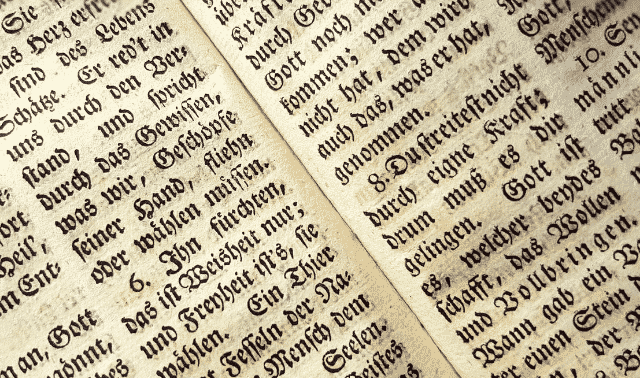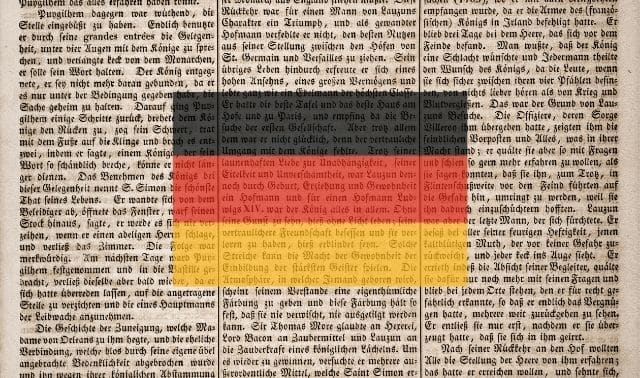Sign up for the Family Tree Newsletter Plus, you’ll receive our 10 Essential Genealogy Research Forms PDF as a special thank you!
Get Your Free Genealogy Forms
"*" indicates required fields

Reading the script in handwritten documents and fonts in printed ones are crucial skills that should be developed by any genealogist with German-speaking ancestry, since many records such as church registers used an archaic script for hundreds of years. Even if you only learn the basics, it will reduce your reliance on translators and other experts.
A crucial skill for genealogists with German ancestry
To help you get to that basic level is a font generator found on a subpage of Alte deutsche Handschriften, a website that with generate several types of handwriting for short (35 characters maximum) groups of words. This ideal for you to visualize what a given name, surname or even place name will look like in handwriting.
The site is based on Germany and therefore its in the German language in its native form, but pretty much all you need to know that the URL above will put you on the Schrift-Generator (“font generator”) page of the website and that you need to scroll down until you see a small box to the right of the word “Text.”
Selecting the appropriate font
Enter up to 35 characters of text and then choose from the eight possibilities underneath. When you hover over each, it gives you a description, from left to right they are: Kurrent (an early nineteenth-century handwriting); the Offenbach variant of Kurrent (used in the 1930s); Sütterlin (a handwriting taught in the early twentieth century); two variants of Laufschrift (used around the turn of the nineteenth into the twentieth century); and then three variants of the Fraktur font used in books, newspapers and other printed matter.
For any or all of the fonts that you think might be relevant to your research, you can right click on the large white box in which the font representation appears to copy that image for future reference.
The site also offers for-pay transcriptions of old documents.
An excellent place to get started
Of course, the Alte Deutsche Handschriften site is not a cure all. For one thing, there are loads of variations that predatee the more stylized Kurrent and Sütterlin (and it seems as if many priests and pastors used a chronic “broken” hand with which to write). The site’s 35-character limit means you’d have to do a lot of “wash-rinse-repeat” for larger sections of type. Instead, think of it as your “starter pack”—and opportunity to gain some traction and familiarity before striking out on your own.
ADVERTISEMENT




